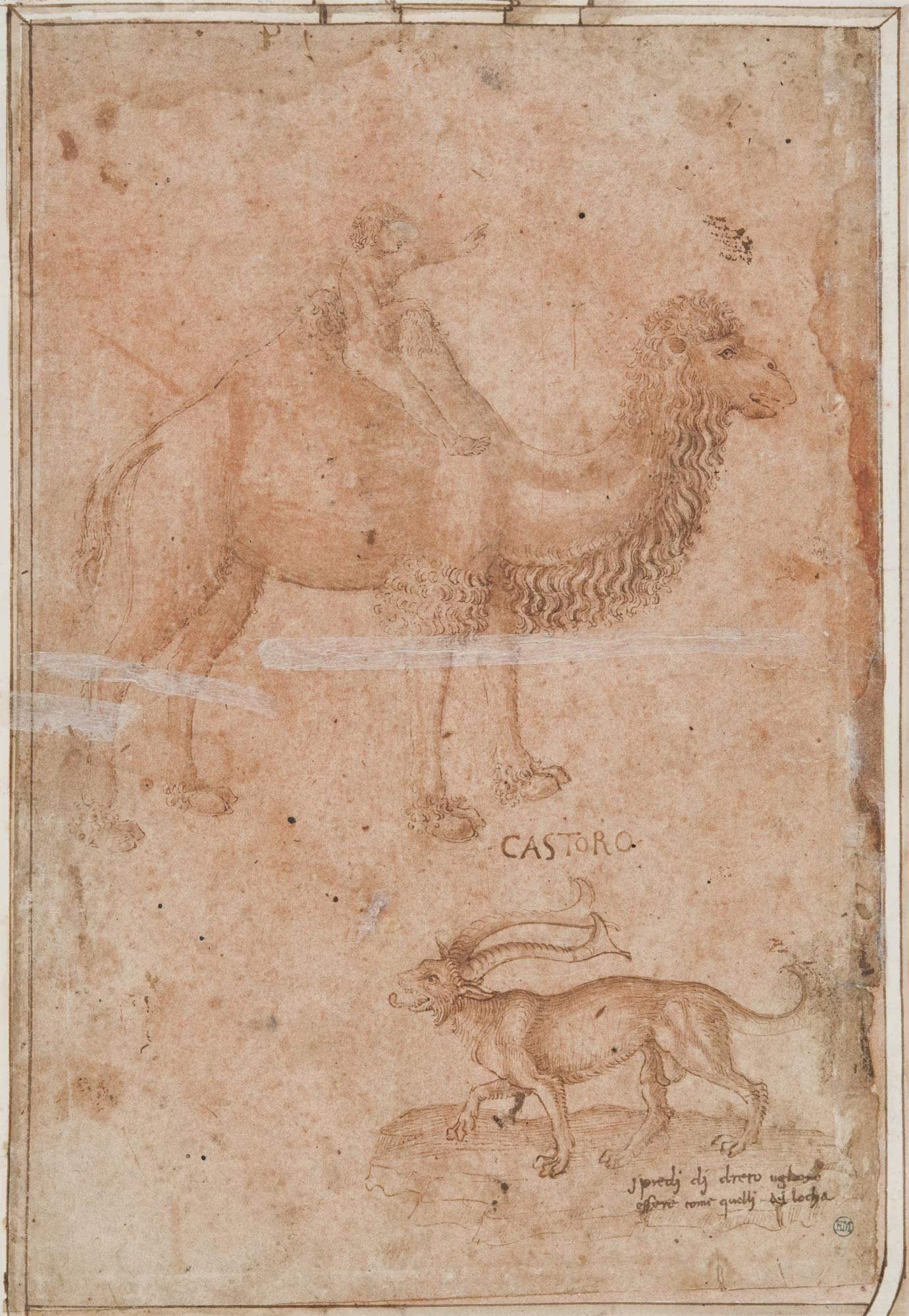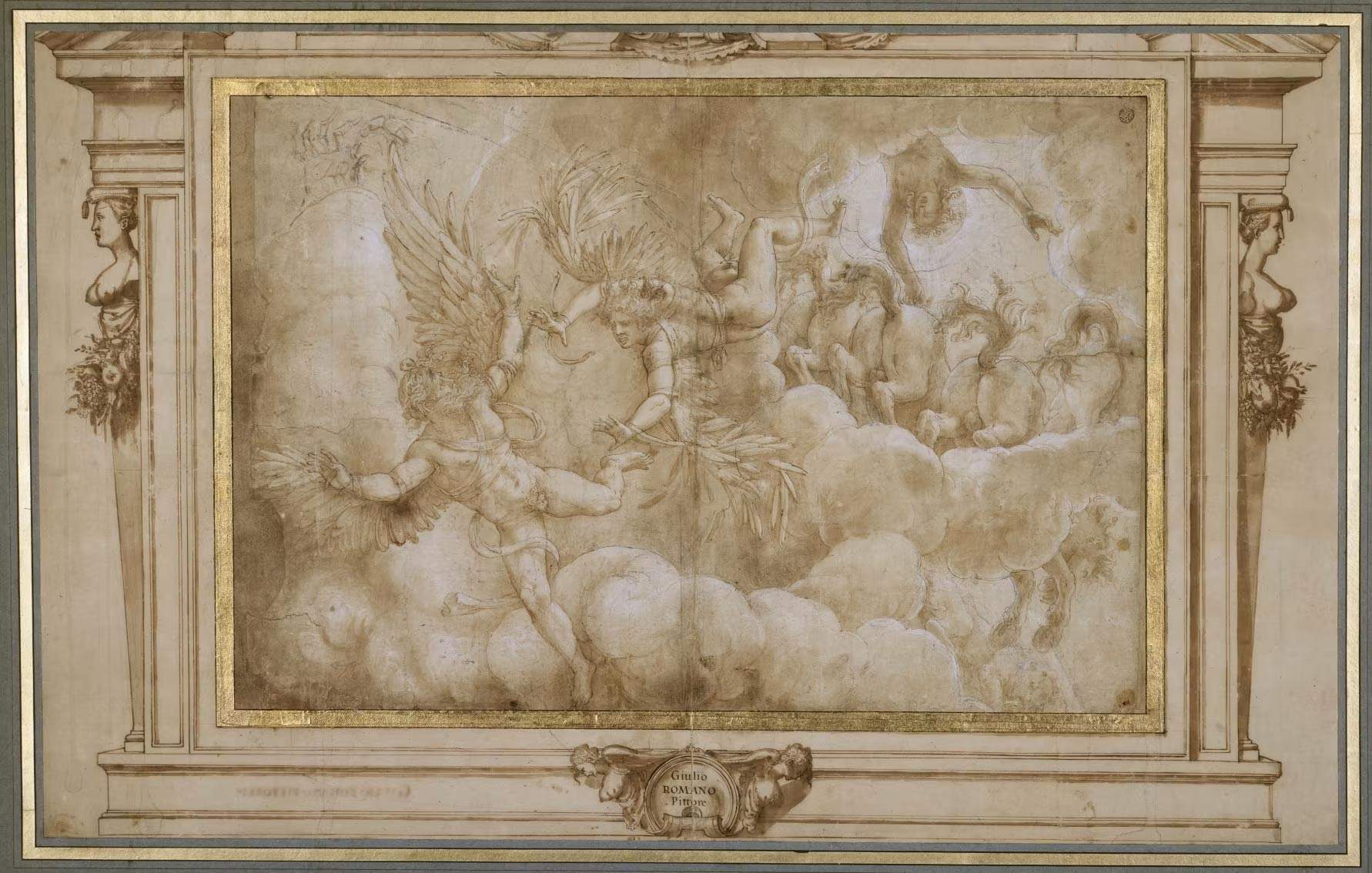Giorgio Vasari is moving to Sweden. Indeed, the Nationalmuseum in Stockholm is hosting, from October 6, 2022 to January 8, 2023, the exhibition Giorgio Vasari’s Drawings - A Mythical Collection, which focuses on the legendary Aretine artist and historiographer’s collection of drawings by Italian artists, a collection spanning the period from the 14th to the late 16th century.
After Vasari’s death in 1574, the collection was dispersed, and the pieces that were part of it are now in public and private collections around the world. Several drawings in the collections of the Louvre and the Nationalmuseum in Stockholm have long been considered part of Vasari’s collection. But is it certain that all the drawings are by Vasari? What is true and what instead takes on the contours of myth? The exhibition, curated by Carina Fryklund of the Nationalmuseum and Louis Frank of the Louvre, is based on the latest research and the many new questions the collection has raised among art historians and collectors. Visitors can thus follow the scholarly journey that has led experts to reevaluate the two significant collections of drawings from the museums in Paris and Stockholm.



The exhibition, co-produced with the Louvre in Paris (where the first stage was held), features about one hundred works by Renaissance artists, such as Domenico Ghirlandaio, Paolo Uccello, Sandro Botticelli, Andrea Verrocchio, Andrea Mantegna, Filippino Lippi, Pietro Perugino, Raphael, Parmigianino, Sofonisba Anguissola, and Primaticcio. Works from the world-class drawing collections of the Nationalmuseum and the Louvre will be joined by a large number of works on loan from the British Museum, the Albertina Museum, Chatsworth, Christ Church Picture Gallery, the Capodimonte Museum, and the Victoria and Albert Museum.
Among the most important cultural figures of 16th-century Italy, Vasari established himself as an artist and architect, and especially as the author of Lives (1550), a milestone in the history of modern art. Equally famous is his vast collection of drawings, the first collection structured on historical principles. In the book, Vasari describes how he began his collecting career at a young age and that the idea of compiling an album of drawings that could serve as a visual complement to the book’s biographies came about when he began work on the second edition in 1568. What distinguishes this second edition are Vasari’s detailed descriptions of the drawings in his collection by the artists profiled in the biographical texts. The drawings provided study material for the book and were kept in an album, which the author called the Libro de’ disegni.
 |
| Giorgio Vasari on a trip to Stockholm. His collection on display at the Nationalmuseum. |
Warning: the translation into English of the original Italian article was created using automatic tools. We undertake to review all articles, but we do not guarantee the total absence of inaccuracies in the translation due to the program. You can find the original by clicking on the ITA button. If you find any mistake,please contact us.